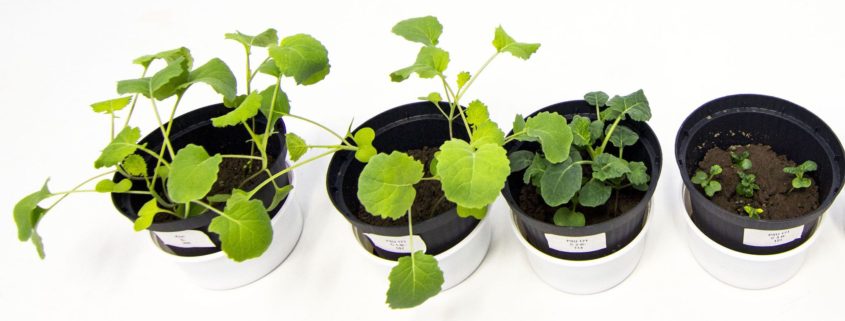Review of the ecotoxicity of boric acid in standard laboratory tests with plants and soil organisms
To verify the sensitivity of ecotoxicological tests, reference substances with known toxicity are regularly tested. Ideally, such substances lack specificity in their mode action, are bioavailable and readily attainable, and their chemical characterisation is cost-effective. Boric acid satisfies these criteria, but has – due to reproductive effects in humans – most recently been characterised as a substance of very high concern, thus limiting its recommendation as an ideal reference substance. However, there is probably no other chemical for which ecotoxicity in soil has been so intensively studied. An extensive literature review yielded lethal and sublethal data for 38 taxa. Toxicity was species-specific with Folsomia candida and enchytraeid species demonstrating the highest sensitivity. Among plants, dicotyledonous species were most sensitive, followed by monocotyledonous and, finally, gymnosperm species. Sensitivity was time and endpoint specific, with endpoints such as lethality and avoidance being less sensitive than reproductive effects. Based on the present evaluation, recommendations on the properties of ideal reference substances for toxicity tests for the soil compartment are discussed.
For additional information, see the publication in Ecotoxicology:
Princz, J., Becker, L., Scheffczyk, A., Stephenson, G., Scroggins, R., Moser, T., Römbke, J. (2017). Ecotoxicity of boric acid in standard laboratory tests with plants and soil organisms. Ecotoxicology 26, 471-481.
For further new publications, see ECT’s publication list.



